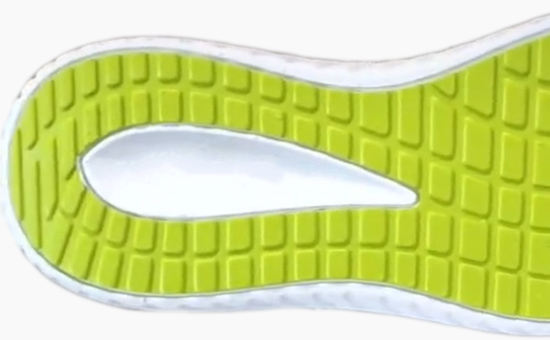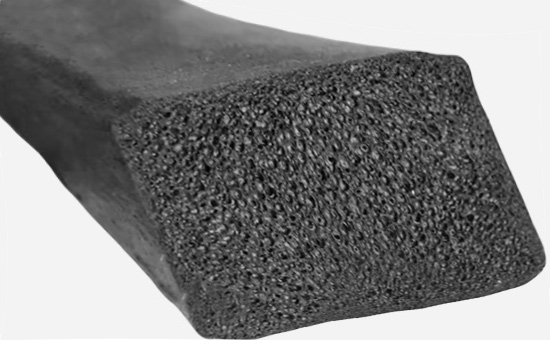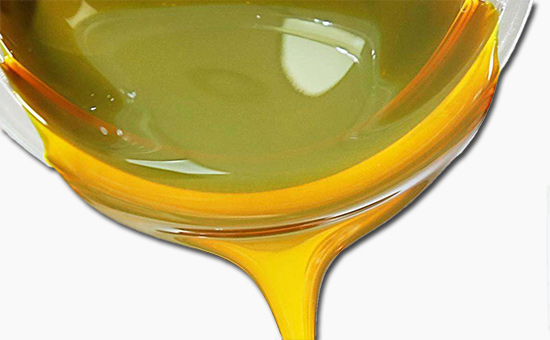Sponge rubber has the characteristics of low density, good elasticity and flexural resistance, and is widely used in sealing, shock absorption, sound suppression, thermal insulation, etc. Natural rubber, styrene-butadiene rubber, butadiene rubber, ethylene propylene rubber, nitrile rubber, neoprene rubber, and recycled rubber can all be used to produce sponge rubber. There are many varieties of reclaimed rubber, good performance and low price, which can be used alone or combined with the corresponding original rubber to produce sponge rubber products and reduce the cost of raw materials; Proper adjustment of the formula can further optimize the quality of the sponge rubber finished product.
1. Selection skills of reclaimed rubber for sponge rubber products
The physical properties of sponge rubber products in different use occasions are different. The main raw materials of ordinary sponge rubber are natural rubber, styrene-butadiene rubber, butadiene rubber, etc., which can be appropriately mixed with latex reclaimed rubber, tire reclaimed rubber, etc. Sponge rubber products with high requirements for heat resistance and ozone resistance are mostly processed by EPDM rubber, and EPDM reclaimed rubber can be mixed with an appropriate amount. When sponge rubber products need to be used in oil medium for a long time, you can choose nitrile reclaimed rubber and nitrile rubber to be used together.
2. Key points of the design of vulcanization system for sponge rubber products produced by reclaimed rubber

Sponge is a porous vulcanized rubber obtained by adding foaming agent to raw rubber, vulcanizing while making the foaming agent thermal decomposition to form gas, the principle of designing the vulcanization system is to make the vulcanization rate of the rubber material match the decomposition rate of the foaming agent, and the varieties of vulcanizing agent and accelerator are determined according to the type of reclaimed rubber/original rubber, vulcanization foaming method and sponge rubber performance requirements.
The use of EPDM reclaimed rubber to produce automotive sponge door and window sealing strips belongs to the continuous extrusion of hot air vulcanization type, it is recommended to use sulfur vulcanization, not peroxide vulcanization. When natural rubber/latex reclaimed rubber is used together to produce slipper sponge soles, the amount of sulfur is generally higher than that in the formula of ordinary natural rubber products, so as to increase the number of cross-linked bonds among rubber molecular chains, weaken the activity of long-chain molecules, and reduce the shrinkage rate of sponge rubber.
3. Key points of design of foaming system for sponge rubber products produced by reclaimed rubber
(1) Inorganic foaming agents are widely used in EPDM reclaimed rubber sponge foaming rubber, such as sodium bicarbonate. Sodium bicarbonate is used as a foaming agent, the general dosage is 5-15 parts, and a certain amount of stearic acid needs to be combined to promote its decomposition, and the resulting sponge pore size is small and uniform.

(2) Organic foaming agent: common varieties include foaming agent AC, foaming agent H, foaming agent OBSH, urea, etc. The foaming agent AC has a large gas generation and low gas permeability, and the obtained products have the characteristics of good crust and tastelessness, and are widely used in EPDM sponge sealing strips. The foaming agent OBSH has the characteristics of low decomposition temperature, fast decomposition speed, no coloring pollution, odorless and non-toxic decomposition products, easy porosity, uniform and delicate cell structure, and good dimensional stability of sponge.
4. Key points in the design of the filling system for sponge rubber products produced by reclaimed rubber
When using reclaimed rubber to reduce the production cost of sponge rubber products, it is required to choose a filler with low density and good dispersion, which will not harden the rubber material, and can adjust the plasticity and fluidity of the rubber material, which is helpful to the foaming process of the sponge. Rubber fillers with good dispersibility include semi-reinforcing carbon black, easy-to-mix tank black, light calcium carbonate, etc. The ointment is used as a compatibilizer, which has the effect of softening and plasticizing; When using silica, clay, and magnesium carbonate, it is necessary to pay attention to dispersion.
When designing the reinforcing filling system of reclaimed rubber sponge rubber products, it is recommended to use several fillers together, but the dosage should not be too large, otherwise the density of sponge rubber will be increased.

5. Key points of design of softening system for sponge rubber products produced by reclaimed rubber
The use of plasticizers in the production of reclaimed rubber sponge rubber products can not only give the rubber plasticity, but also improve the dispersion of the compounding agent, the processability and formability of the rubber compound, and adjust the hardness of the sponge rubber products. Commonly used softening plasticizers E4LYY514 organic oils, transformer oils, petrolatum, naphthenic oils, paraffin oils, paraffin oxides, ointments and organic esters. In actual production, EPDM recycled rubber sponge material mostly uses paraffin oil with good compatibility as a softening agent, and nitrile reclaimed rubber sponge material is recommended to use pine tar/DOP together, which is not easy to spray.
When selecting reclaimed rubber for sponge rubber, it needs to be determined according to the specific use environment and requirements, and the reasonable design formula can reduce more raw rubber costs under the premise of ensuring product quality.
Exclusive original article [commercial authorization] reprint, excerpt and excerpt in any form are prohibited without written authorization. Focus on Hongyun rubber: learn the process formula and raw material technology of producing rubber products from recycled rubber to help you reduce costs and increase profits